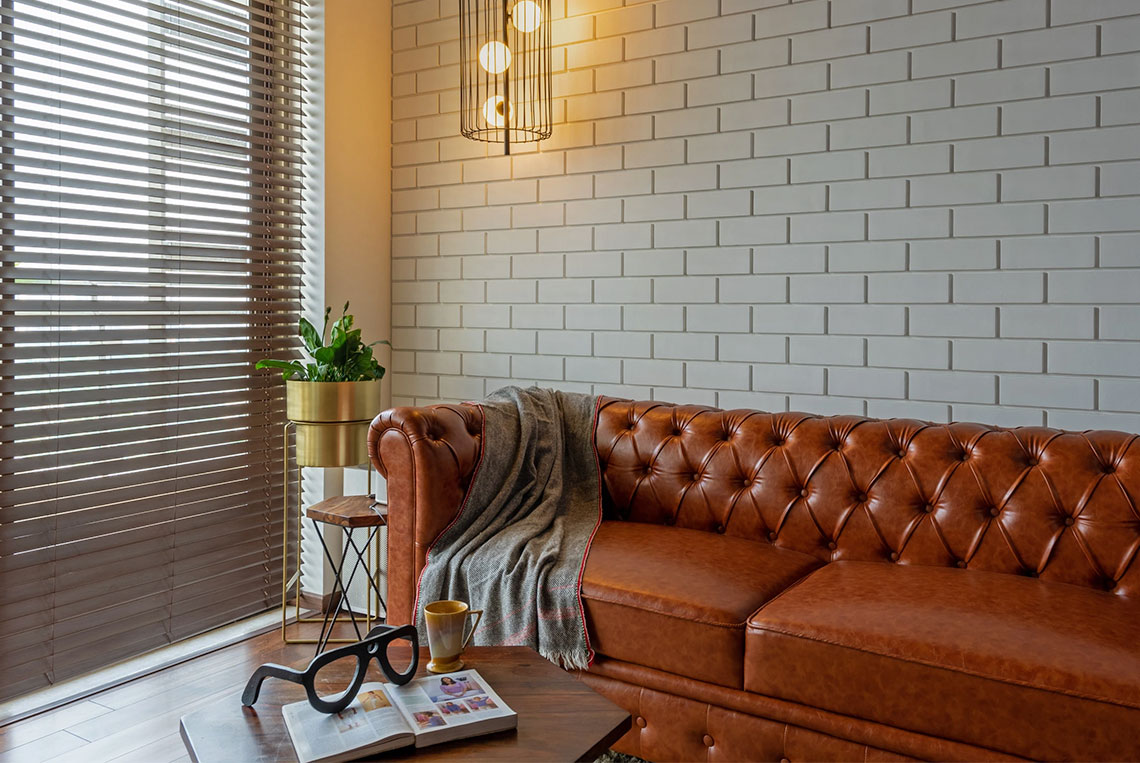When it comes to interior design, colour plays a pivotal role in shaping the ambiance and mood of a space. The field of interior design is a delicate balance between aesthetics and functionality. We will delve into the intricate world of colour psychology in interior design and its significance in creating spaces that not only look stunning but also evoke the desired emotions and responses from their occupants. We will also explore the contributions of interior designers in Gurgaon, including luxury interior designers and interior design companies like The Workroom, to mastering the art of colour psychology.
Colour psychology is the study of how colours can affect human behaviour, emotions, and perceptions. In the context of interior design, it involves selecting and harmonising colours to create specific atmospheres within a space. The choice of colours can influence a wide range of feelings, from tranquilly and warmth to energy and excitement. Let’s take a closer look at some of the key factors that influence the role of colour psychology in interior design.
One of the primary objectives of interior design is to create spaces that resonate with the emotions of the occupants. Different colours evoke distinct emotional responses. For example, warm colours like reds and oranges can create a sense of energy and passion, while cool colours like blues and greens promote calmness and relaxation. Interior designers in Gurgaon especially The Workroom, understand how to use these principles to curate environments that align with their clients’ desires and needs.
Colours can also influence the perception of space. Light colours tend to make rooms feel larger and more open, while darker shades can create a cosy and intimate atmosphere. Interior designers in Gurgaon use this knowledge to their advantage, especially in urban settings where space is often limited. They strategically apply colour psychology to maximise the perceived size and functionality of a room.
Cultural and personal backgrounds greatly influence colour preferences. What may evoke feelings of comfort and happiness in one individual may not have the same effect on another. Successful interior designers, including those in Gurgaon, take the time to understand their clients’ cultural backgrounds and personal tastes, ensuring that the colour choices in a space resonate with the people who will inhabit it.
While colour psychology is a powerful tool in interior design, it comes with its own set of challenges. Balancing the emotional impact of colours with the functionality of a space can be a delicate task. What might be visually pleasing may not necessarily align with the intended purpose of the room. For instance, while a bright red may be aesthetically striking, it may not be the best choice for a tranquil bedroom.
Additionally, the interplay of various elements such as lighting, textures, and furnishings can either enhance or diminish the effects of colour. Achieving the perfect harmony requires a keen eye and an in-depth understanding of design principles, something that The Workroom, excel at.
Gurgaon, a city known for its modern and upscale lifestyle, boasts a thriving community of interior designers and design companies. Among them, The Workroom stands out as an interior design studio that combines creativity with a deep understanding of color psychology.
The Workroom, like other luxury interior designers in Gurgaon, recognizes the importance of aligning color choices with the client’s vision. They consider not only the aesthetics but also the functionality of a space, ensuring that the emotional and practical aspects are perfectly balanced. Their expertise extends beyond mere color selection; they incorporate elements like lighting, textures, and patterns to create spaces that are not just visually appealing but also functional and emotionally satisfying.
The role of color psychology in interior design cannot be overstated. It is a powerful tool that shapes the atmosphere and emotional response within a space. The Workroom, excel at leveraging color psychology to create unique and harmonious environments. However, it is essential to strike a balance between aesthetics and functionality while considering the diverse preferences of clients. By doing so, designers can ensure that the spaces they create are not only beautiful but also serve their intended purpose while eliciting the desired emotional responses from those who inhabit them.

